Racking 101
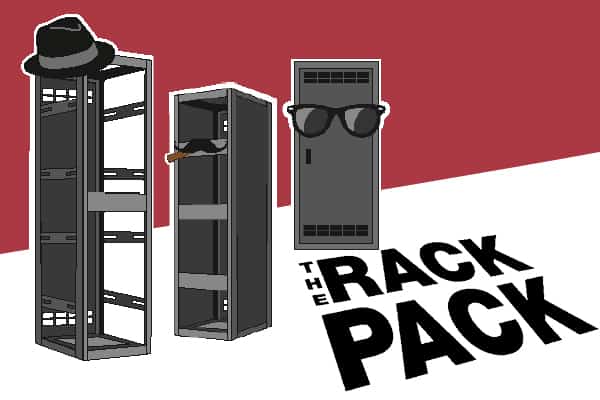 New classes promote early planning for equipment rack installations to avoid problems due to heat, interference and poor access. Paul Skelton reports.
New classes promote early planning for equipment rack installations to avoid problems due to heat, interference and poor access. Paul Skelton reports.
Is there anything more satisfying as an integrator than nailing the design and build of an equipment rack?
Setting up tightly curved uniform cables running into neatly stacked devices, housed in a black powder coated steel enclosure, is almost erotic (if you’re into that sort of thing).
ADVERTISEMENT
We all look at installation pictures on the internet, perhaps getting a little envious when someone else has done a better job.
The truth is, designing and building equipment racks is an art – one that is often overlooked and underappreciated. The wiring of racks is habitually delegated to apprentices who are still learning on the job.
Instead, rack building should be one of the first considerations for integrators when starting a new project.
Ian Bryant is the ‘chief zen officer’ at Michigan-based AV integration specialist ZenArray. He is also one of the leading authorities on equipment rack design and building.
“When you start out in the trade, rack building – whether an equipment rack or shelf – is something you tend to learn from guys you work with,” Ian says.
“But often such people don’t do things the right way, or even a way that makes sense to you. So you may well be making a mess of things.”
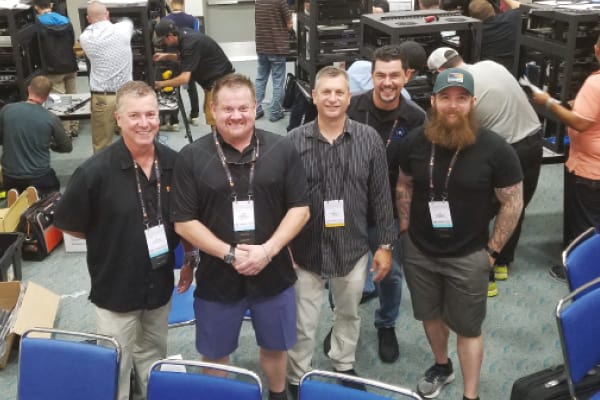
In 2016, the Custom Electronic Design and Installation Association (CEDIA), during its annual exhibition in the United States, reintroduced a one-day course on the subject titled Rack Building and Wiring Fundamentals.
Due to unexpected demand, the course was held again in 2017, when it attracted an unprecedented waiting list of integrators yearning to learn more about the lost art of racking.
“If you think about integrated smart homes, an equipment rack is the brain of the operation,” Ian says.
“It is crucial that it’s wired properly, and done cleanly and neatly.”
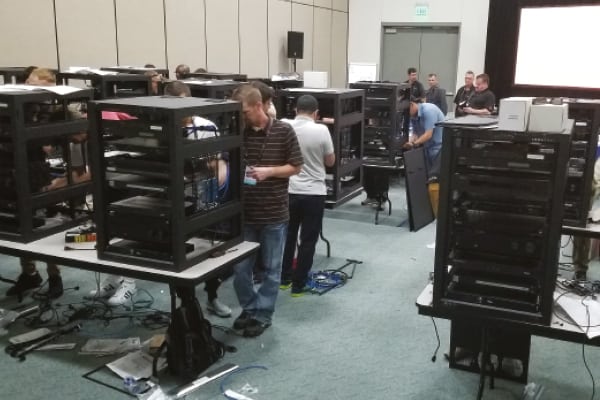
For several years there was something of a drought in the residential rack-building education market. Before resurrecting the course in 2016, CEDIA had last run a learning lab at its Expo in 2011 in Atlanta. In the intervening years, nobody filled the gap.
“These days, people are really hungry for new classes,” Ian says.
“What helps to make this class so popular is that people like getting in there and putting their hands on the equipment. They learn best through practical experience.
“And it caters for all levels. There are guys in the class who have been installing equipment and building racks for years. They want to brush up their skills or get up to speed on new developments in the market.
“Then there are guys who are brand new to the industry, probably still at the level of wire puller, who want to learn more and move up.”
Ian says the care and attention to detail required for proper racking has been lacking in recent years, leading to problems in the field.
“I’m surprised how often integrators forget to think about things like serviceability.
“I’ve seen so many examples where someone has placed a piece of equipment that’s six inches [150mm] deep smack in between two pieces of equipment that are 18 inches [450mm] deep. You can’t get your hand in to pull any wires out or test anything.
“The CEDIA training course fixes this. Integrators who have done the course find themselves thinking about aspects they just didn’t consider before. The point is to look at the big picture from the very beginning instead of just stacking all the equipment together.”
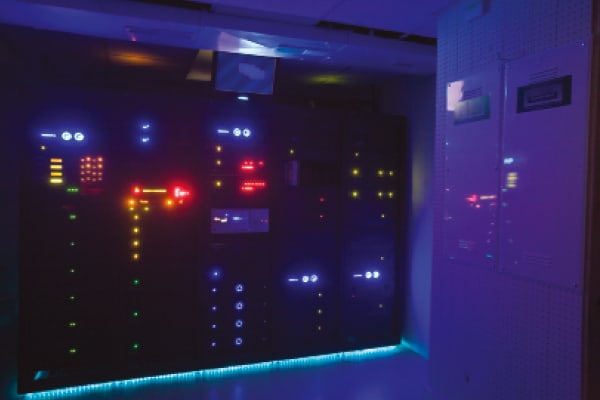 So, what are the issues that integrators often face in the market?
So, what are the issues that integrators often face in the market?
“The most common mistake in the field relates to thermal management,” Ian says.
“Thermal management is usually the last thing anyone thinks about, and it should be one of the first.
“There are a couple of ways of determining correct thermal management. However, when you’re starting to do initial layouts you should already be thinking about it.”
One of the first questions is whether to use a passive or active cooling system.
“I’ve worked on projects where the client wanted the equipment rack in a very small room with a passive system that allowed hot air to circulate inside.
“This, of course, wasn’t going to work. We had to do active racks to get the hot air out of the rack and out of the room.
“You really have to take into consideration not just the kind of rack you’re going to be using but the room in which you’re putting it.
“Further, if you plan to use something like Middle Atlantic’s Slim-5 rack, which is a ‘bare bones’ rack, you’ll need an active ventilation system.”
A very important consideration for integrators is the British Thermal Unit (BTU), which is used for measuring thermal energy.
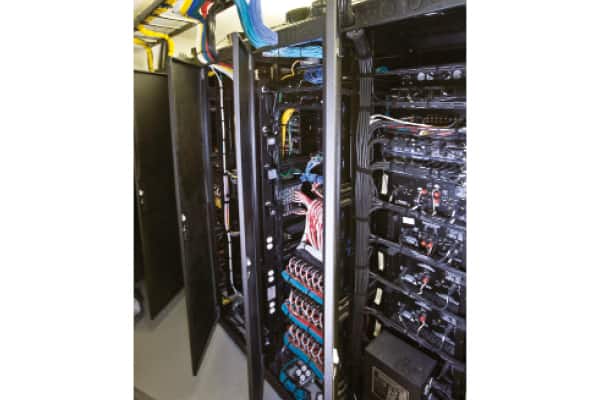
In relation to air conditioners, the BTU number refers to what a unit can add or remove per hour. So when it comes to racking, an active cooling system needs to account for the BTU output of all devices in order to be effective.
“Most equipment manufacturers include BTU information in spec sheets,” Ian says.
“I strongly recommend that you work with the home owners’ HVAC installation company to find out what kind of ventilation is necessary for your proposed system.
“If you’re not working with the HVAC installer, you won’t get the proper amount of air out of the room for good ventilation. Builders and HVAC installers are usually very happy to work with technicians, especially ahead of time.
“Awareness of connected technologies and the need for an equipment rack are definitely becoming more common.
“I started in the industry in the late 1990s. Back then, builders had no idea about our needs and would tell us to put the equipment somewhere else. But now, builders are far more understanding of the technology involved.
“It’s easy to tell them that you need a room for a rack with a certain BTU output. They’ll work with you and the home owner to find a place for it then give that information to the HVAC installer, who may recommend that you put in a separate air conditioning unit.
“If everyone works together early in the process, it works out a lot better than trying to fight it out at the back end.”
And there’s more.
“Once technicians get a basic understanding of thermal calculations they can delve further into the other things they need to do.”
Perhaps more important than the active or passive question, though, is a rack’s layout.
“It’s not always necessary to figure out whether an active or passive system is needed, but you must ensure that the rack is laid out correctly,” Ian says.
“For example, routing analogue AV cables next to power cables could well lead to hum or video distortion. And, as mentioned, you must consider serviceability.”
Failure to consider proper wiring techniques can set you up for a servicing nightmare once the installation is complete.
“Before you start building a rack you should have an equipment rack build-out sheet, which can be created on various websites free of charge.
“It allows you to figure out placement and have it drawn, so whoever’s doing the actual installation knows exactly where everything should go. Without a rack sheet or build-out drawing, it’s hard to think about all the possibilities.”
CEDIA will be holding the Rack Building and Wiring Fundamentals again throughout 2018 all around the world. Be sure to check out www.cediaeducation.com for local dates and times.
-
ADVERTISEMENT
-
ADVERTISEMENT
-
ADVERTISEMENT
-
ADVERTISEMENT
